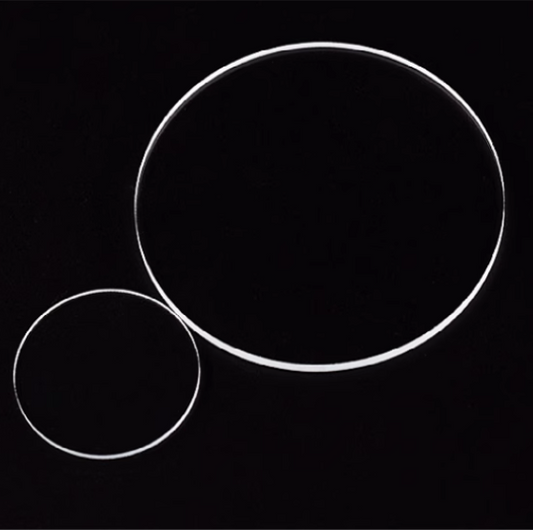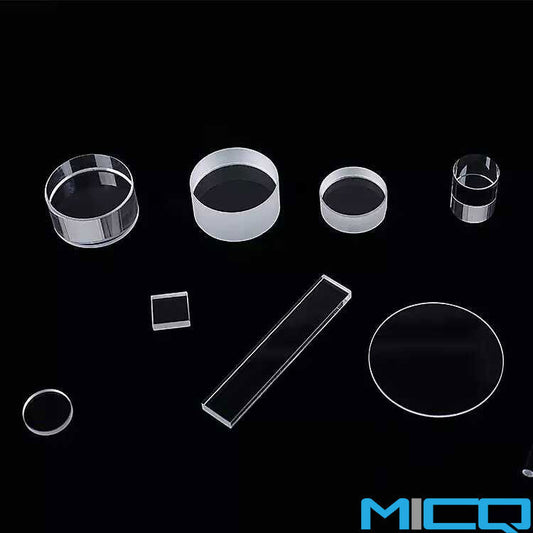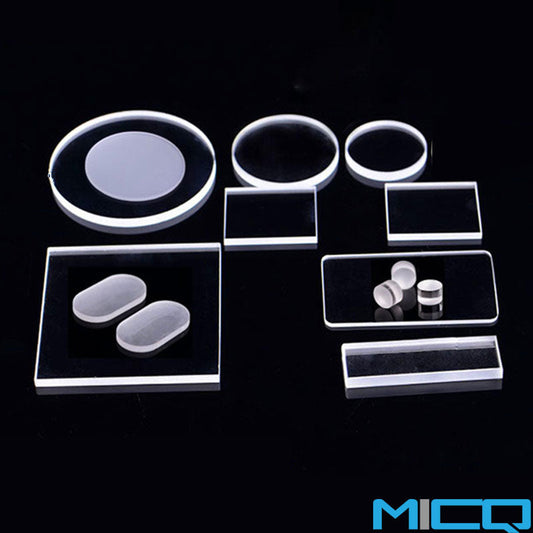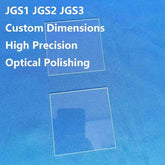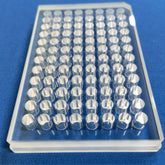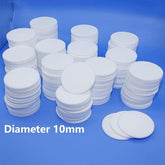The Importance of Scratch Resistance in Sapphire Endoscope Lenses
0 Comments
Core advantages of sapphire plates in optical transmission
0 Comments
The application of sapphire high-strength glass in window components
0 Comments
The Functions of High Transmittance in Sapphire Glass Applications
0 Comments
Applications of Sapphire Lenses in Different Optical Products
0 Comments
Development History and Identification Methods of Sapphire Glass
0 Comments
The mainstream cutting techniques for sapphire glass
0 Comments



